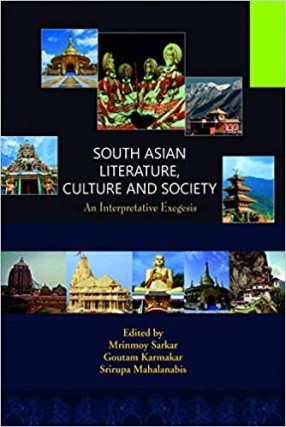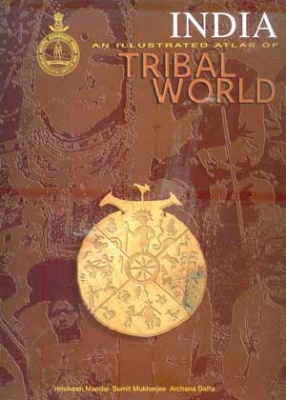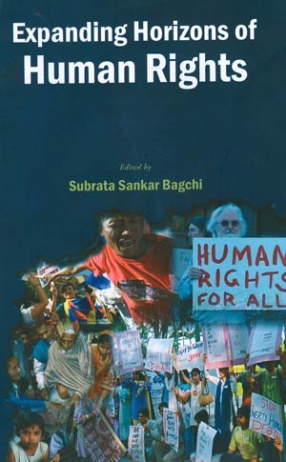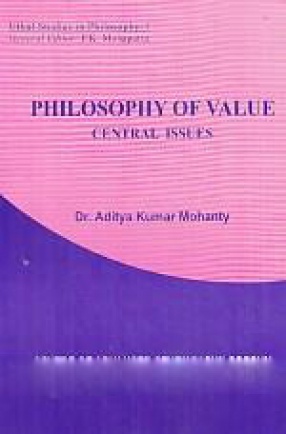South Asian Literature, Culture and Society: An Interpretative Exegesis
South Asia or Southern Asia is a term used to represent the southern region of the Asian continent. South Asia is composed of eight countries of impressive diversity in religion, culture and history. These politically divided autonomous eight countries are Afghanistan, Bangladesh, Bhutan, India, Nepal, Pakistan, Sri Lanka and Maldives. The South Asian Association for Regional Cooperation (SAARC) is an economic cooperation organization in the region which was established in 1985 and includes all eight nations comprising South Asia. South Asia covers about 5.2 million km, which is 11.71% of the Asian continent or 3.5% of the world’s land surface area. The population of South Asia is about 1.891 billion or about one fourth of the world’s population, making it both the most populous and the most densely populated geographical region in the world. Overall, it accounts for about 39.49% of Asia’s population, over 24% of the world’s population, and is home to a vast array of people. In 2010, South Asia had the world’s largest population of Hindus, Jains and Sikhs. It also has a large population of Muslims, as well as over 35 million Christians and 25 million Buddhist. Consequently, there has been fascinating diversity in language, religion, society and culture. But despite all these diversities, an unknown stream of unity has tied them into a threat. For the impressive characteristics of this region, we have chosen South Asian Literature Culture and Society as the theme of our International Conference.
Get it now and save 10%
BECOME A MEMBER







Bibliographic information
Goutam Karmakar